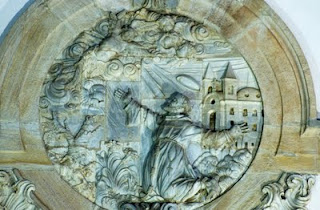
Alexandre Mury works from self-portraits which he relates to readings of cultural and literary icons, painting, sculpture and other references. Photography is the over-all support for these works.
He started with photography at the age of 16 and his work was recently shown in the 2010 exhibition of the collection of Gilberto Chateaubriand at the Museum of Modern Art in Rio de Janeiro .
Alexandre Mury has a degree in Social Communication (FAFIC - Faculdade de Filosofia de Campos - Campos dos Goytacazes, RJ, Brazil) and was art director in advertising agencies, as well as acting professor of visual communication in three educational centers (FIPH, Faculdades Integradas Padre Humberto, Itaperuna, RJ, Brazil, 2003/2006; CEFET, Centro Federal de Educação Tecnológica de Campos, Campos dos Goytacazes, 2003/2004; FAFIC, Faculdade de Filosofia de Campos, Campos dos Goytacazes, 2003/2004).
He was born in São Fidélis, Rio de Janeiro on January 13,1976 and has drawn and painted since childhood.
His artistic legitimacy as a photographer became established when his work was first included in outstanding private collections of Brazilian art and photography, such as that of Joaquim Paiva (of Rio de Janeiro).
.jpg)
In a playful, intriguing and newly contextualized mode, he endeavours to reconstruct famous eternal themes and to re frame the Classics.
Improvisation and allegory closely tie his oeuvre to Brazilian reality by means of a particular vernacular aesthetics that falls well within contemporary mainstream exercises in recycling and rereading.
 |
The Ugly Duchess (also known as A Grotesque Old Woman) is a satirical portrait painted by the Flemish artist Quentin Matsys around 1513.
|
The choice of materials and personal production of sets, costumes and ambiances reflect his freedom of interpretation and his truly personal rendering of the iconic subject matter pursued in his oeuvre.
 |
| The three Fridas |
 |
Frida Kahlo, Self-Portrait Dedicated to Dr. Eloesser 1940 |
|
|
http://en.wikipedia.org/wiki/Frida_Kahlo
 |
| Salvador Dali |

 |
| Dr. Gachet By Van Gogh |
 |
| Icarus by Matisse |
 |
| Satyrs by Rubens |
 |
| Joker |
 |
| georges-seurat-standing-model |
 Forget the conventional cruises, both luxurious and extravagant. Simplicity is the word when boarding the Benjamim Guimarães boat. As a reward, the world´s last paddle steamer offers history, imagination and discoveries along a steam powered journey of six days by the Paradiso Turismo travel agency for about R$3.000/person in a double cabin.
Forget the conventional cruises, both luxurious and extravagant. Simplicity is the word when boarding the Benjamim Guimarães boat. As a reward, the world´s last paddle steamer offers history, imagination and discoveries along a steam powered journey of six days by the Paradiso Turismo travel agency for about R$3.000/person in a double cabin.














.jpg)



























